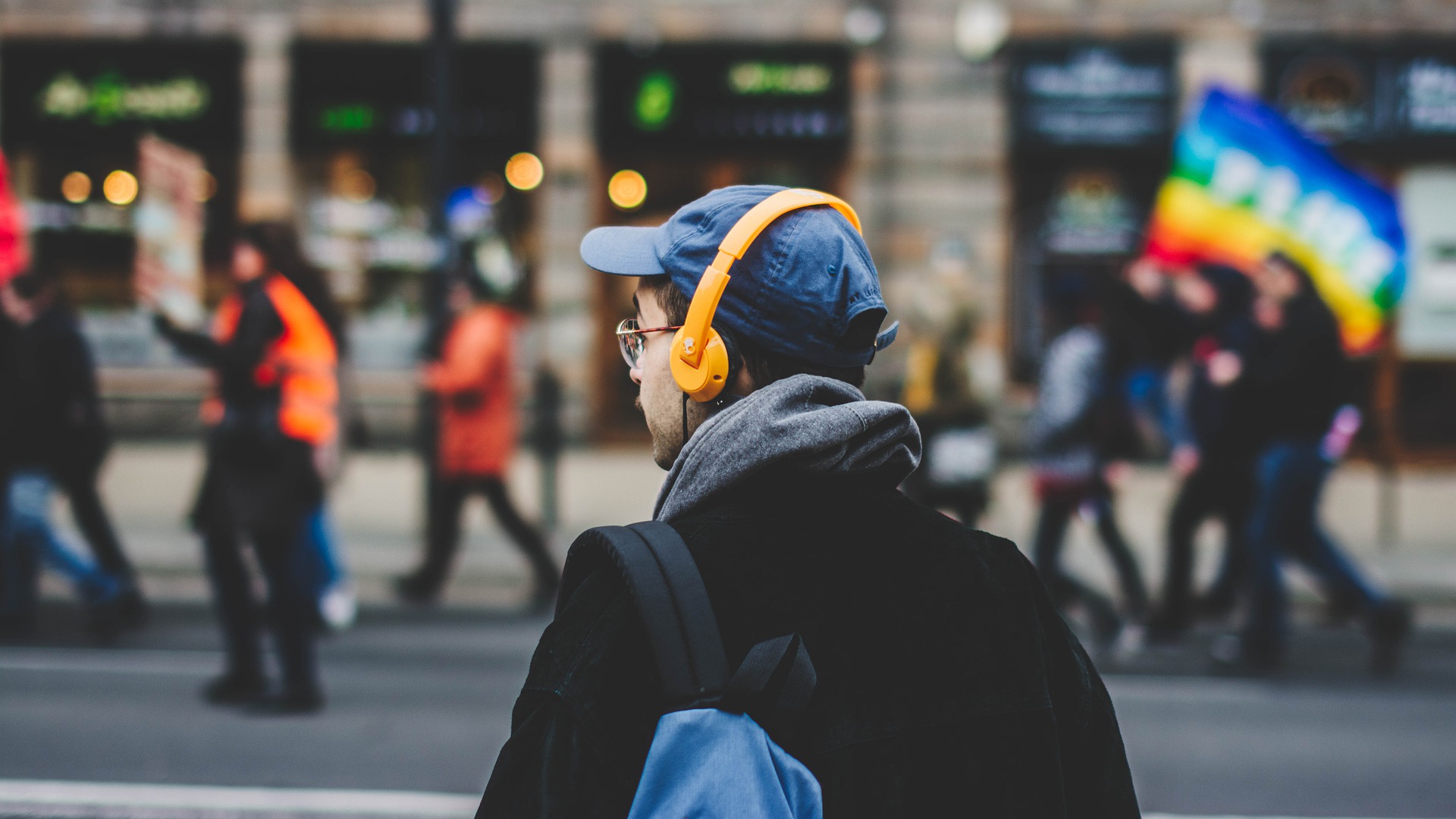This article’s list of initials is not exhaustive of all LGBTQ+ community members and related groups’ identities. Valley Oaks Health respects the diversity and simultaneous inclusivity of people who identify as LGBTQ+.
Diversity is a good thing, and our LGBTQ+ community brings a unique blend of perspectives, experiences, and thoughts to everyone around them. In addition to being lesbian, gay, bisexual, transgender, queer, questioning, or intersexed, there is more uniqueness among members, such as race, religion, nationality, ethnicity, and socioeconomic standing. Although many LGBTQ+ individuals feel a sense of pride and strength in who they are, the place where sexual orientation and gender identity intersect with mental health can be a tension point.
Many LGBTQ+ people have experienced human and civil rights violations, discrimination, and rejection from strangers, friends, and family. Gay, lesbian, and bisexual adults are twice as likely as heterosexual adults to suffer from depression and anxiety disorders. Research also shows that transgender individuals are four times as likely to experience mental health challenges as those whose gender identity corresponds to the sex they were born with. Identifying as LGBTQ+ is not a mental illness or disorder. It’s the circumstances and risks surrounding one’s realization and self-awareness that can trigger the need to sort through social constructs and personal struggles.
The mental health risks
- Coming out – Although there has been a shift through the generations in acceptance, revealing one’s sexual orientation or identity can feel overwhelming. Working up the courage to share something so personal to family and friends can be an anxiety-ridden experience. People lacking positive and supportive environments can experience fear welling so profoundly that the thought of opening up and being honest about identity can become paralyzing.
- Trauma – Bullying, physical abuse, and shame are real threats to those who want to be open about their identity and orientation. The discrimination LGBTQ+ people have been subjected to would make anyone second guess their ability to trust others with this intensely personal information. The risk can feel so great that some are convinced their silence is better than speaking their truth. For those who have experienced trauma after opening up and being themselves, the risk of PTSD is significantly higher.
- Rejection – Grappling with identity and coping with rejection can make coming out that much more difficult. Many understand the reality that their family, close friends, coworkers or faith community may not positively accept the news. Rejection and heightened risk of harassment by those once trusted can take a toll on an individual’s mental health.
- Addiction – Self-medication happens when pain is too much to bear. People then turn to substances to quiet and quell the reality of their situation. Substance misuse is a huge concern for this community, with LGB adults twice as likely as heterosexual adults to turn to alcohol, stimulants or substances in an attempt to shut out anxiety and depression.
- Homelessness – There is a 120% higher risk of LGBTQ+ youth and young adults experiencing abandonment and homelessness due to an already complicated family life—dismissal by their family apexes into being turned out onto the streets. Navigating the isolation and finding shelter is accompanied by safety risks which can lead to elevated mental health struggles.
- Suicide – Suffering in silence is a tragic reality for this community, and the worst mental health struggles can lead to death. LGBTQ+ individuals are at higher risk than heterosexuals for suicidal thoughts, attempts and successes. According to the CDC, gay, lesbian or bisexual high school students are four times as likely to have attempted suicide than their peers who are heterosexual. 40% of transgender adults have tried to commit suicide in their lifetime. These statistics signal the alarm of why mental health access for those grappling with their identity and orientation is critical.
Accessing help
When seeking a mental health professional, there are many considerations to keep in mind while finding competent care tailored to your needs.
- Choose which type of provider you need: one who shares a similar background or identity with you, someone who has expertise in LGBTQ+ care, or someone who has an esteemed background and serves a wide range of client needs.
- Seek referrals. From researching mental-health professional directories to inquiring through trusted sources, due diligence is just as important as finding a therapist you connect with.
- The first step—making the call—is sometimes the most challenging part. The sooner therapy begins and a relationship with the caregiver is initiated, the road towards improved mental health and healing can begin.
To access information and learn more about self-identity and orientation, visit:
The Association of LGBTQ+ Psychiatrists
The National Center for Transgender Equality
And, as always, the team at Valley Oaks is here to help address your questions, concerns, and provide confidential, non-judgmental care to all who enter our doors.






